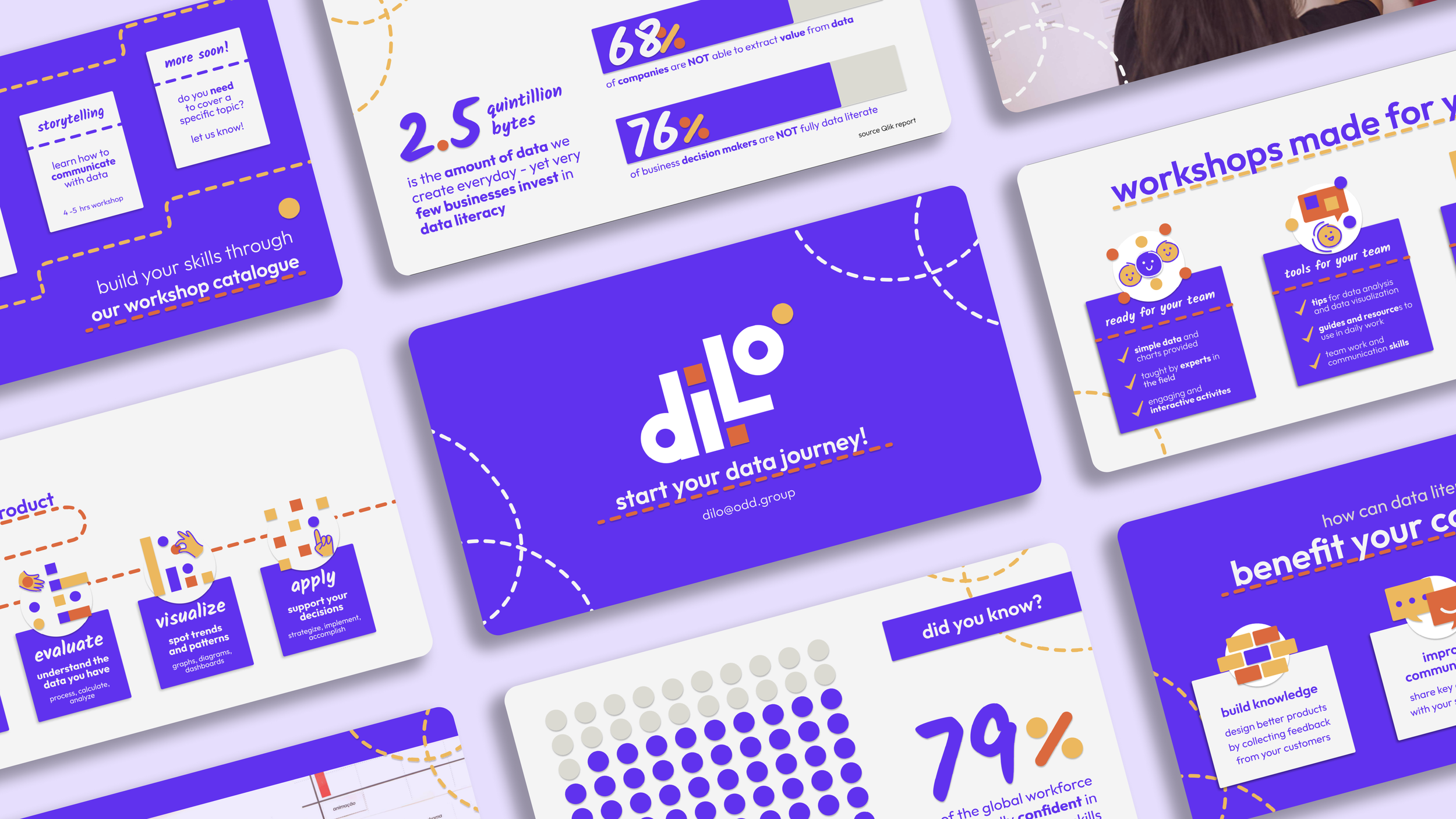Presentation Fairy
Presentation • Storytelling • Design
May 6
Do you have a big presentation coming up?
Let's work on it together in 5 easy steps!
Is it a huge conference? Maybe it’s a very
important meeting and you need your
message to be crystal clear? Have no fear, I’m here
to help. Today I’m your presentation
fairy, here to turn your pumpkin
slide deck into a magical carriage
with beautiful horses and all.
Let me present my credentials quickly.
I pride
myself on being really good at
presentations. I love being on stage and
connecting with my audience through
sharp visuals and a joke or two. I’ve
been lucky enough to have lots of rounds of
practice to really hone in my skills. I’ve
presented to very diverse audiences – from
global experts at the
Biological Weapons Convention (read more here) to my friends in a silly PowerPoint karaoke.
With all these years of experience I’ve come to craft a formula, a magical spell some would say, that I follow every time I need to prepare for a big talk.
Are you ready to start?
Let me fetch my wand
and we’ll get to work in 5 easy steps.

2017 at the United Nations in Geneva
Step 1: Defining
This one can be summarized as: what is your message and who is it for?
Let’s break it down.
-
What are we trying to say?
You should be able to answer this in one sentence. Even if your topic is complex and you need to get lots of points across to all your key stakeholders, there is usually one main idea at the center of it.
Think: what should people know after your presentation that they didn’t know before? Is it explaining how your product is better than others? How your process saves time and improves results? -
Who is the message for?
Knowing your audience is crucial. Depending on who they are is how you tailor your message and all future decisions in your presentation. You can’t cheat and say it’s for everyone – too generic and no one will get it. It’s good to have something in common with your audience, that way you know what information to leave out (as they already know it) and where to crack in a joke or two to keep them engaged.
By answering these two questions you should be able to form a statement similar to this: “I need to communicate this key product update to the entire company.”

My version of a Simplified Hero’s Journey
Step 2: Storytelling
I’ll tell you two things.
First a
secret – everyone loves
stories.
Now something cruel –
no one has time for stories.
Can
we reconcile these two things? Yes – with a
really good story.
A really good story is simple, easy to
understand, and leaves people wanting
more. You can use the
hero’s journey
for inspiration. A lot of stories already
follow this pattern, and if people are used
to this narrative, that’s one less
thing they have to process from your
slides.
Here is my general
outline translated for a presentation:
-
Give some background to start everyone off from the same page
-
Explain the problem in a big clear statement
-
Show a bit of the process of how you attempted to solve it
-
Discuss what worked or didn’t work
-
Present your results
-
Close with learnings and next steps
My spell isn’t a strict recipe.
You can change some of the ingredients
depending on what you need. You can
try changing one of the story parts for:
“We
wanted X so we tried Z and Y,” or
“We needed to
get from A to B so we did C.”
Adjust to your
taste, it’s your story.

A simple slide is better than no slide
Step 3: Sketching
Now that you have a clear message with a specific audience in mind and a general outline of how you’re going to deliver that information, it’s time to move your ideas to their final format.
There are lots of tools you can use: Google Slides, PowerPoint, Keynote, Miro, Figma Slides – you name it. Pick whichever one you like best and get to work. Don’t be afraid to break down your information; less text on one slide means more emphasis on what’s on screen.
Don’t focus on styling during this step. A simple white background with black text should be enough. Why no styling yet? We’ll tackle that in the next step. And especially if you’re short on time, focus on having something. I prefer to have a simple slide deck than no slide deck at all.
This is also a good point to bring in
external consultation. Ask a colleague
or a friend:
Is my message clear? Am I missing
some information?
Better to fix it now
than after spending hours tinkering with slide
transitions.

Same content, just a simple visualization trick
Step 4: Refining
Congrats! If you made it this far, it means you
already have a slide
deck.
Now let’s make it better.
Here
are some questions to consider in this step:
-
Do you have a brand or palette you need to follow?
Maybe an existing template from your company? -
Any key charts or graphs that we can include?
-
Photos that can replace an entire paragraph?
-
Big numbers we should highlight?
-
An important quote that inspired the project?
Another magic trick I’ve picked up is to visualize everything. This can be as simple as adding an image, emphasizing one key word, or showing a big number.
Now, a warning: this step can be a time sink – we
both know perfection doesn’t
exist, not even with magic. Be
mindful of how much time you actually
have to mess with the slides. Ask yourself: does
this have to be the perfect shade of blue or does it
just need enough contrast for people
to see?
You have to know when to stop –
basically just make sure that colors and
fonts are easy to see. You can
quickly check by testing your
slides on a projector: will the people
sitting at the back be able to see it? Then it’s
good enough.

Marketing slides for di.lo - a data literacy workshop
Step 5: Practicing
The final part is to rehearse. Go through your slides a few times, do quick mock presentations with a friend – it also works even if you do it in silence by yourself.
You should be able to explain the story without the slides. Because here is the final secret: the slides aren’t there for you to remember, much less for you to read. They’re for your audience. They will use them as visual support – that way they can easily remember a key number you mentioned and understand your message beyond words.
Once you feel comfortable with everything, it’s time to enjoy. You’ve already done all the work. Have fun presenting, maybe test out a joke or two – find the best way for you to cast this spell.

How is your slide deck going?
Abracadabra!
Just like Lady Gaga said:
it’s time to cast your spell on the night~
I hope this demystifies how to
create amazing and captivating
presentations.
If you put in the
work in the beginning, everything else
will follow easily. Be smart and know
where to invest your time.
And if you need more help
creating your best
presentation to date –
send me a message! I have freelance hours so we can
refine your message together,
and I can take care that the slides are
pixel perfect.
That’s Enough About Me!
What do you think? What should I focus on next?
Let me know how your big presentation went! Did this spell help? Maybe it inspired you to try a different narrative for your next slide deck?
Let me know—shoot me an email! 😊
📩
sifuentesanita@gmail.com